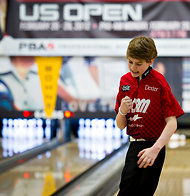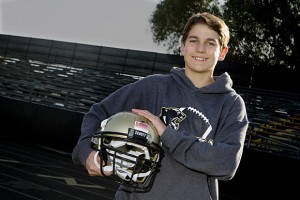It's the time of year when Bees are all the rage. My husband prefers the Geography Bee (when we watched it last week he tried to answer every question before the competitors did), but thanks to Spellbound, the original Bee-- the SPELLING Bee (one of the oldest children's competitions in the US, I might add)-- is my favorite. Six-year-old Lori Anne Madison garnered a lot of pre-Bee attention, seeing as the homeschooled girl is the youngest contestant ever, but she went out in the third round.

But spellers and geography whizzes aren't the only pint-sized phenoms generating buzz these days.
Take Tom Schaar. At only 12 he's already a skateboarding legend. He recently became the first person to ever land a 1080 (I definitely had to look that up) and he's the youngest person to ever win a gold medal at the X Games.
Another impressive young man whose achievement I wouldn't quite understand even if I looked it up is Shourryya Ray. At 16 he is being hailed as mathematics genius for solving a problem that Newton posted over three centuries ago. Based on his work "an item's flight path can be calculated and predictions can be made about how the object will hit and bounce off a barrier." It seems to me that this solution will have real practical implications as well. (Let's just hope that the skateboarding Tom Schaar never becomes the object bouncing of a barrier!)
Ashima Shiraishi is another pint-sized phenom I wouldn't want to see bounce off of any barriers. At only 11 she is already one of the best female boulderers (people who climb rocks using just their hands and no rope). Because this is the US and there's a competition for everything, it should come as no surprise-- given that she was recently profiled in The New York Times--that Ashima came in first at the American Bouldering Series Youth National Championship. Though the sport isn't much older than they are, kids are a target audience for the growth of the sport.
Also recently profiled in the Times, but for a sport that is a bit older than bouldering, is 14-year-old Francis Tiafoe. Tiafoe is the top ranked boys player in his age group. Especially impressive for the son of the tennis club's maintenance man who essentially grew up in a closet there.
It's striking to me that so many of the pint-sized phenoms are immigrants or children of immigrants. As a sociologist this isn't surprising, but it is remarkable (in the sense that it is to be remarked upon). If you watch any of the televised Bees you'll see a similar pattern, for the most part. In any event, it's exciting to see so many talented kids generating buzz doing things they love to do.




